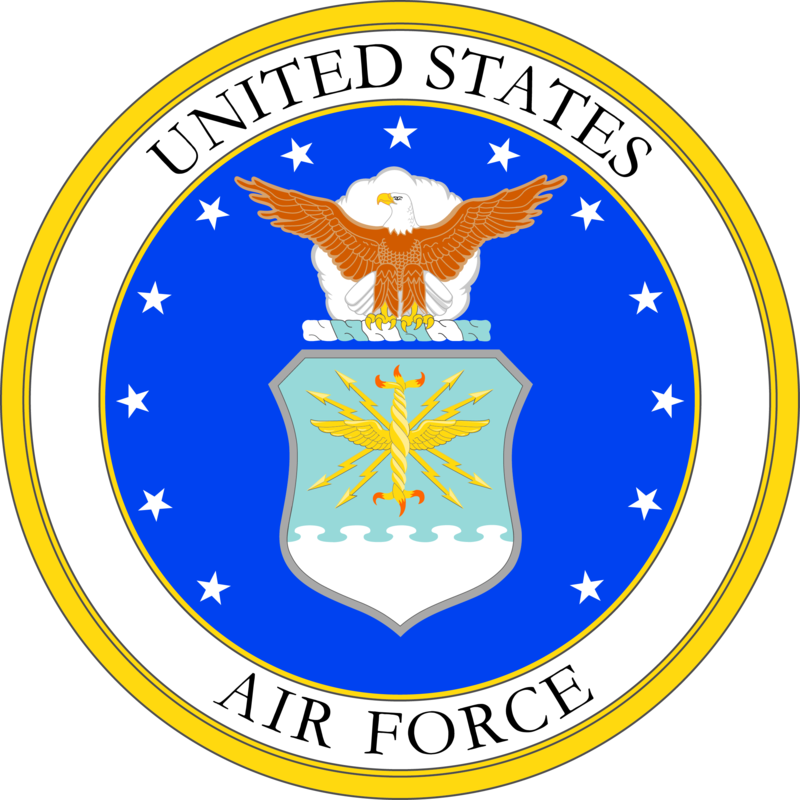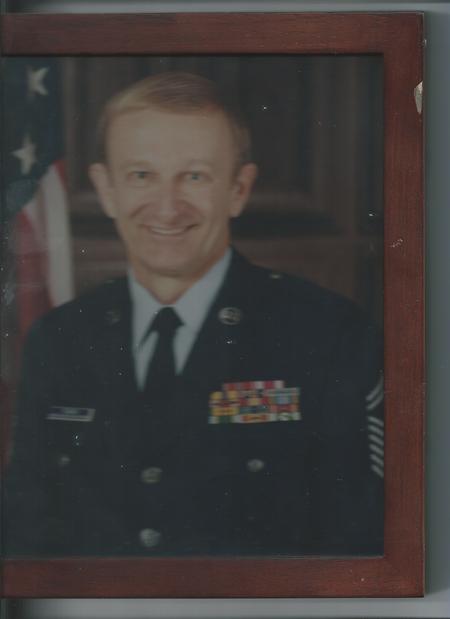ABOUT HQ Military Airlift Command
- Origins: The Military Airlift Command (MAC) was established on January 1, 1966, as a major command of the United States Air Force, consolidating the airlift resources previously managed by the Military Air Transport Service (MATS).
- Headquarters: The headquarters of MAC was located at Scott Air Force Base, Illinois, serving as the nerve center for global airlift operations.
- Vietnam War Operations: During the Vietnam War, MAC played a vital role in the rapid deployment of troops, supplies, and equipment, including the iconic "Operation Homecoming," which returned American POWs from Hanoi in 1973.
- Aircraft Fleet: MAC operated legendary airlift aircraft such as the C-141 Starlifter, C-5 Galaxy, and later, the C-17 Globemaster III, each pushing the boundaries of airlift capacity and range.
- Operation Babylift: In 1975, MAC led "Operation Babylift," evacuating over 3,000 orphans and children from South Vietnam to safety in the United States and other countries in the chaotic final days of the Vietnam War.
- Humanitarian Missions: MAC was instrumental in major humanitarian relief operations, including delivering aid after earthquakes in Iran (1968) and Nicaragua (1972), and famine relief in Africa.
- Strategic Airlift: MAC was responsible for the strategic airlift of military personnel and materiel worldwide, enabling rapid response to crises and supporting NATO, UN, and US operations globally.
- Desert Shield/Desert Storm: During the Gulf War, MAC aircrews flew over 15,800 missions, transporting 482,000 passengers and 482,000 tons of cargo, making it the largest airlift operation since World War II.
- Innovations in Aeromedical Evacuation: MAC pioneered advanced aeromedical evacuation techniques, saving thousands of lives by swiftly transporting wounded soldiers from combat zones to advanced medical care facilities.
- Transition and Legacy: In June 1992, MAC was inactivated and its mission merged into the newly created Air Mobility Command (AMC), but its legacy of global reach and rapid response endures in the AMC’s continued operations.


